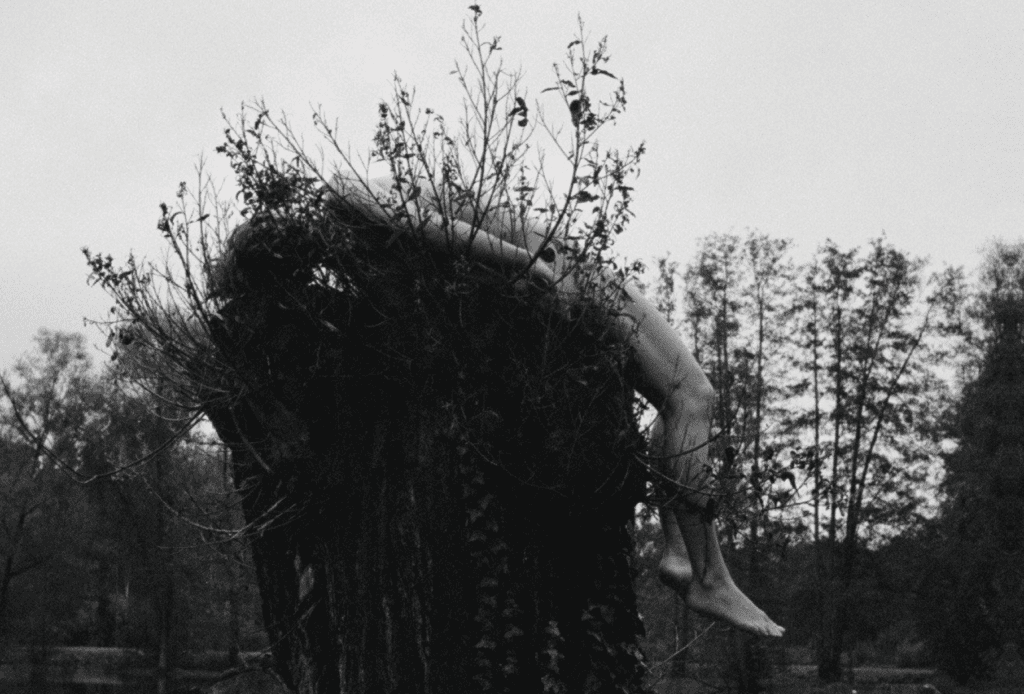CABINET curated by
Sender______
Initiated by Julian Witzigmann
Hosted by PARROTTA CONTEMPORARY ART COLOGNE
Opening Reception:
Friday, October 24, 6–9 p.m.
Gallery Cologne: October 25/26, 2025
Cabinet Cologne: October 29 – January 16, 2026
Wednesday–Friday 1 p.m. – 6 p.m.
and by appointment
Daniil Kotliar
Before the Beginning
Can forms of connection persist when the very conditions that once grounded them have fractured beyond repair?
Over the course of five years, Daniil Kotliar (b. 1999 in Nikopol, UA) traces ruptures across terrain, memory, and self-perception. Originating in Ukraine, the series unfolds across shifting geographies. Within this framework, the photographic field becomes a medium that makes spatial and inner disorientation perceptible in its ongoing negotiation.
Kotliar’s images are not conceived as carriers of evidence, but as configurations of situated attention. Locations appear suspended in a threshold state, affectively charged, defined equally by absence and presence. Rather than situating the subject in a coherent past, memory here enables a provisional form of continuity by constructing inner reference points in the absence of fixed external structures. In this way, memory becomes a form of self-preservation, not by retrieving the past, but by constructing a space in which subjectivity can persist.
Daniil Kotliar is a self-taught Ukrainian photographer based in Paris. His work centres on memory, family, and cultural history. Over the past few years he has emerged as a distinctive voice in contemporary Ukrainian photography, weaving memory and presence into arresting visual narratives.
His photographic practice gained broader recognition with his debut monograph “13th January” (AYVAN, 2023), a work centred on the Ukrainian folk tradition of Malanka, filtered through personal and mythological memory. The book was presented in Paris alongside a solo exhibition at “Sheriff Gallery” and received critical attention in “i-D” and “Sleek Magazine,” where his work was situated within broader conversations on post-Soviet identity and the ethics of visual storytelling. Additional editorial and artistic features have been published in “Vogue Ukraine,” “IssueIssue,” “Thisisbadland,” and “Pylot Magazine,” among others. His photographs have been shown in various international group exhibitions, reflecting the growing resonance of his work.
